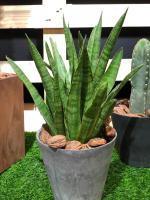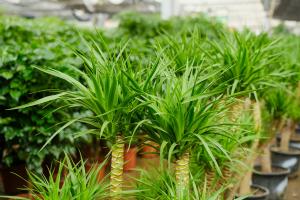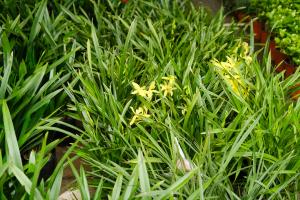Are LED Lights Good for Aquarium Plants?
For many aquarium enthusiasts, having live plants in their tanks is a must. Not only do they add aesthetic value to the aquarium, but they also provide many benefits such as oxygen production, natural filtration, and hiding places for fish. However, having live plants in a tank requires proper lighting for them to thrive.
Advantages of LED Lights for Aquarium Plants
When it comes to lighting options, LED lights have become a popular choice for aquarium plant enthusiasts. Here's why:
Energy-Efficient: LED lights use less electricity compared to other lighting options, making them more energy-efficient and cost-effective in the long run.
Customizable Spectrum: LED lights offer a customizable spectrum of light that can be adjusted to the specific needs of different plant species.
Long Lifespan: LED lights have a longer lifespan compared to other lighting options, reducing the need for frequent replacements.
No Heat Issues: LED lights emit less heat compared to other lighting options, reducing the risk of overheating the aquarium and harming the aquatic inhabitants.
Choosing the Right LED Lights for Aquarium Plants
While LED lights have many advantages, it's important to choose the right one for your aquarium plants. Here are some factors to consider:
Light Intensity: Different plant species require varying levels of light intensity. Be sure to choose LED lights that have adjustable settings for light intensity, or choose one that is recommended for the specific plant species in your aquarium.
Spectrum: LED lights offer a wide range of spectrum options. Make sure to choose one that covers the full spectrum of light needed for plant growth, including blue, red, and green wavelengths.
Aquarium Size: Choose LED lights that are appropriate for the size of your aquarium. The recommended wattage for LED lights should be based on the gallon capacity of the tank.
Tips for Using LED Lights with Aquarium Plants
Now that you've chosen the right LED lights for your aquarium plants, here are some tips to ensure their success:
Keep the Lights on for 8-10 Hours: Aquarium plants need a minimum of 8-10 hours of light per day for proper growth. Create a consistent lighting schedule to ensure they receive the necessary amount.
Provide Proper Nutrition: In addition to light, plants also require nutrients to grow. Use a high-quality fertilizer or substrate to provide the necessary nutrients such as nitrogen, phosphorus, and potassium.
Monitor Plant Growth: Keep an eye on the growth of your aquarium plants. If they show signs of yellowing or slow growth, adjust your LED lights accordingly to provide more or less light intensity.
The Bottom Line
Overall, LED lights are a great lighting option for aquarium plants. They are energy-efficient, customizable, and have a long lifespan. Just be sure to choose the right one for your aquarium, and provide the proper nutrition and care to ensure the success of your live plants.

 how many times do yo...
how many times do yo... how many planted tre...
how many planted tre... how many pine trees ...
how many pine trees ... how many pecan trees...
how many pecan trees... how many plants comp...
how many plants comp... how many plants can ...
how many plants can ... how many plants and ...
how many plants and ... how many pepper plan...
how many pepper plan...
































